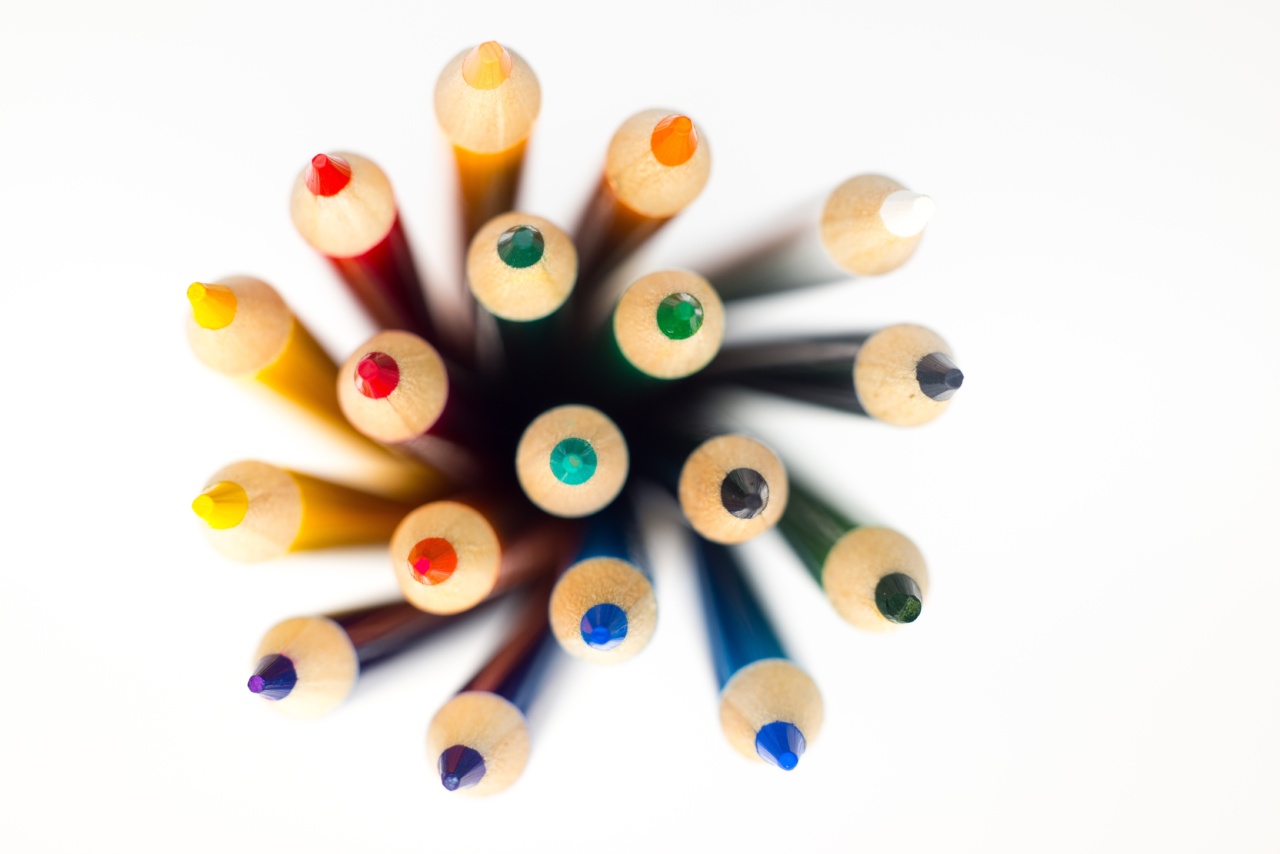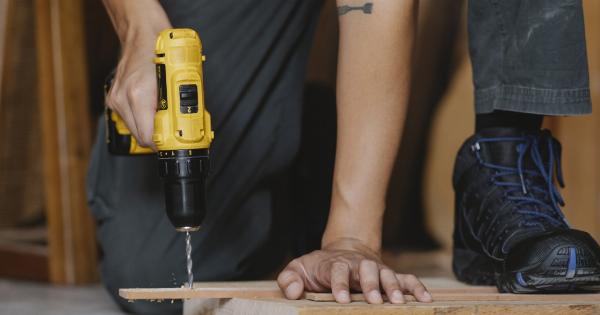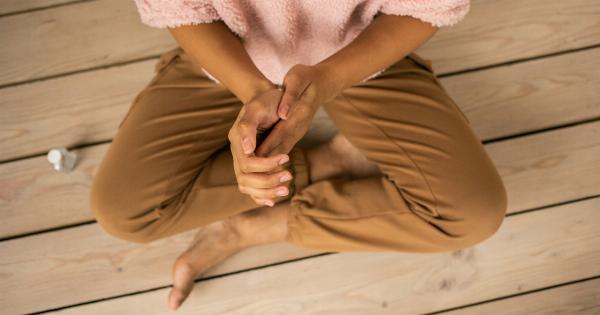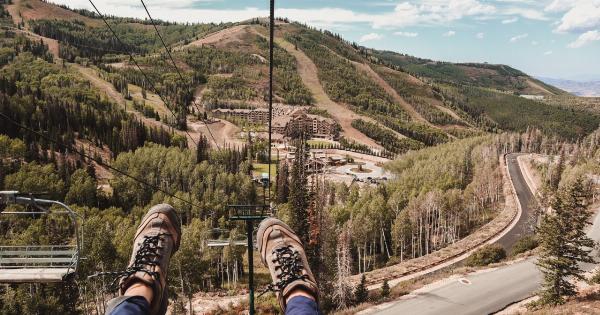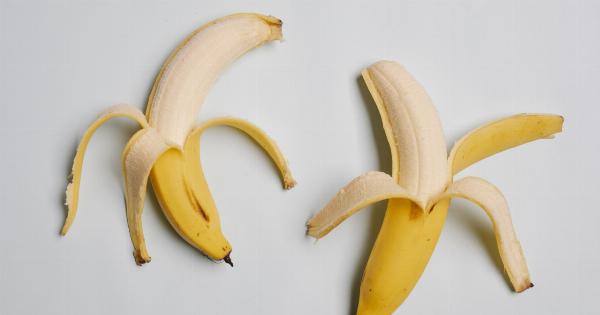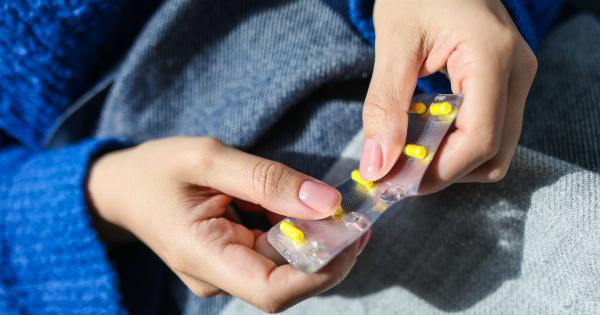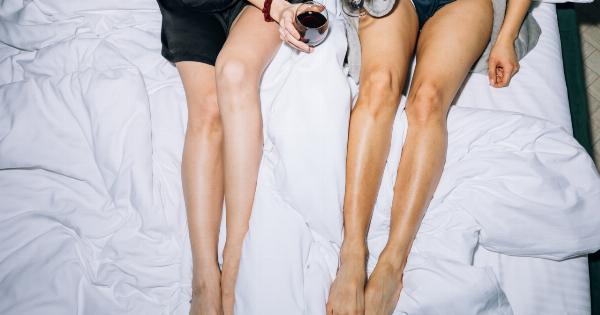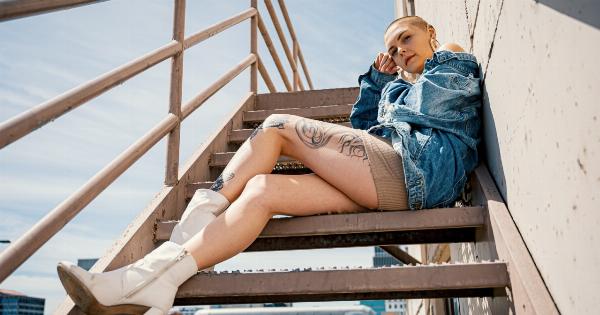Blisters are a common skin condition that can be quite painful and uncomfortable. They are small pockets of fluid that form on the upper layers of the skin, usually as a result of friction or pressure.
Blisters can occur on any part of the body, but they are most commonly found on the feet and hands. If you are dealing with painful blisters, here are some top tips to help you treat them effectively.
1. Leave the blister alone
As tempting as it may be to pop or remove a blister, it is best to leave it alone, especially if it is still intact. Popping a blister can increase the risk of infection and delay the healing process.
If the blister has already burst, gently clean the area with mild soap and water.
2. Apply a cold compress
To reduce pain and inflammation, apply a cold compress or an ice pack wrapped in a clean cloth to the blister. The cold temperature will help numb the area and provide relief.
Do not apply ice directly to the blister, as it can cause further damage to the skin.
3. Keep it clean and dry
After cleaning the blister, make sure to keep it clean and dry to prevent infection. Avoid exposing the blister to dirt, moisture, or any potential irritants. You can cover the blister with a sterile bandage or a clean cloth to protect it from friction.
4. Use a blister plaster or dressing
If the blister is in an area prone to further rubbing or friction, consider using a blister plaster or dressing.
These adhesive patches provide a protective barrier between the blister and your shoes or clothing, allowing it to heal faster and reducing discomfort.
5. Avoid tight or ill-fitting footwear
One of the leading causes of blisters is wearing tight or ill-fitting footwear. Make sure your shoes fit properly and provide enough room for your toes to move comfortably.
Avoid shoes that rub against certain areas of your feet, especially if you have existing blisters. If necessary, use cushioned insoles or padding to reduce pressure and friction.
6. Keep your feet dry
Moisture can worsen blisters and slow down the healing process. If you have blisters on your feet, ensure they are kept dry. Avoid sweaty or damp environments that can increase the likelihood of bacterial growth and infection.
If necessary, consider using foot powder or moisture-wicking socks to keep your feet dry.
7. Avoid popping or draining large blisters
If you have a large blister that is causing significant discomfort, it may be tempting to pop or drain it. However, it is best to avoid doing so as it can increase the risk of infection.
Large blisters are best left to heal on their own, and they will gradually reduce in size over time.
8. Use over-the-counter blister treatments
There are various over-the-counter blister treatments available, such as blister pads or hydrocolloid dressings. These products can help speed up the healing process and provide relief from pain and irritation.
Follow the instructions on the packaging carefully for optimal results.
9. Seek medical attention if necessary
In most cases, blisters will heal on their own within a week or two. However, if you notice signs of infection, such as increased pain, redness, warmth, or pus, it is essential to seek medical attention.
Your healthcare provider may prescribe antibiotics or recommend further treatment options.
10. Prevention is key
The best way to deal with painful blisters is to prevent them from occurring in the first place. Make sure to wear comfortable, well-fitting shoes and avoid activities that cause excessive friction or pressure on your skin.
Keep your skin clean and moisturized to maintain its elasticity and prevent dryness or cracking.
